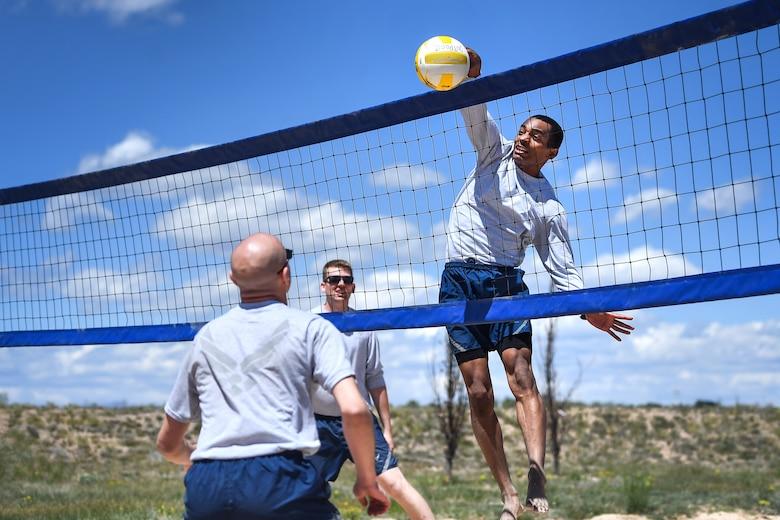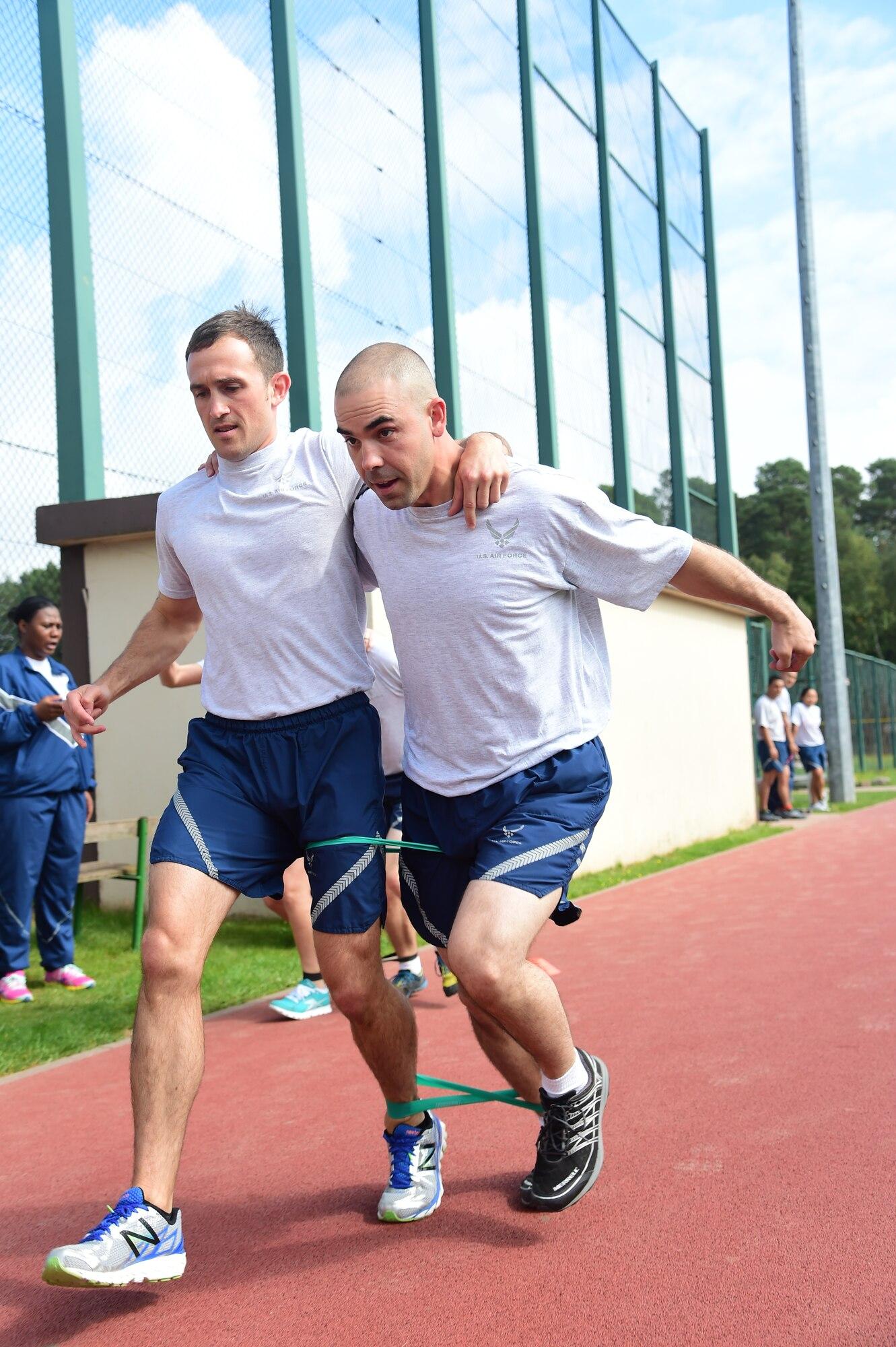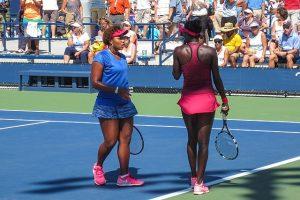We may earn money or products from the companies mentioned in this post.
Introduction to Wrist Strength in Tennis

When it comes to excelling on the tennis court, wrist strength and flexibility play a crucial role The wrists are involved in almost every shot, from powerful serves to delicate drop shots Developing strong and flexible wrists can significantly enhance a player’s overall performance and help prevent injuries
Importance of Wrist Strength and Flexibility for Tennis Players
1 Enhancing Overall Performance on the Court:
A strong and agile wrist allows tennis players to generate more power in their shots It enables them to control the racket with precision, making it easier to hit accurate shots with speed and spin Additionally, flexibility in the wrists allows players to adapt quickly during fast-paced rallies, making it easier to change direction or adjust their grip when needed
2 Reducing Risk of Injury and Strain:
Tennis places significant stress on the wrists due to the repetitive nature of swinging the racket Without proper strength and flexibility, players are more prone to developing common wrist issues such as tennis elbow, wrist tendonitis, sprains, and strains By incorporating exercises that target wrist strength into their training routine, players can reduce the risk of these injuries and ensure longevity in their tennis careers
Common Wrist Issues Faced by Tennis Players
1 Tennis Elbow:
Tennis elbow is a condition characterized by pain on the outside of the elbow caused by overuse of the forearm muscles While not directly related to wrist strength, weak wrists can contribute to improper technique and increase strain on the elbow joint during shots
2 Wrist Tendonitis:
Wrist tendonitis is an inflammation of the tendons that connect muscles in the forearm to bones in the wrist This condition can be caused by repetitive motions, such as those involved in tennis strokes Strengthening the wrists can help alleviate the strain on these tendons and reduce the risk of developing tendonitis
3 Sprains and Strains:
Tennis players are prone to sprains and strains in their wrists due to sudden movements, especially when reaching for difficult shots or diving for a ball Strong and flexible wrists provide better stability and support, minimizing the risk of these injuries occurring during intense gameplay
In conclusion, wrist strength and flexibility are vital for tennis players looking to enhance their performance on the court while reducing the risk of injury Incorporating exercises that target wrist strength into training routines can lead to improved shot accuracy, power, and adaptability while promoting longevity in a player’s career
Exercises for Strengthening Wrists in Tennis Players

Tennis requires strength and agility, and one area that often gets overlooked is the wrists Strong wrists are essential for generating power in your shots and maintaining control over the racket Luckily, there are several exercises you can incorporate into your training routine to strengthen your wrists and improve your game Let’s explore these exercises in detail
Resistance-band exercises
Resistance bands are a versatile tool that can be used to target various muscle groups, including the wrists By utilizing resistance bands, you can add resistance to your wrist movements, effectively strengthening the muscles involved
-
Wrist flexion with resistance band:
Attach one end of the resistance band to a stationary object and hold the other end with your palm facing up Slowly curl your wrist towards your body, feeling the resistance from the band Repeat for a set number of repetitions -
Wrist extension with resistance band:
This exercise is similar to wrist flexion but with your palm facing down Attach one end of the resistance band to a stationary object and hold the other end with your palm facing down Extend your wrist away from your body against the resistance of the band -
Radial deviation with resistance band:
Secure one end of the resistance band to a fixed point and hold onto the other end with your thumb pointing upward Gently move your hand towards the thumb side while maintaining tension on the band -
Ulnar deviation with resistance band:
Similar to radial deviation, this exercise targets the opposite side of the wrist Secure one end of the resistance band and hold onto it with your thumb pointing downward Move your hand towards the little finger side against the resistance of the band
Dumbbell exercises
Dumbbells are another effective tool for strengthening wrists, allowing you to add resistance and isolate specific muscle groups Incorporating dumbbell exercises into your training routine can help build wrist strength and stability
-
Dumbbell wrist curls (palm up):
Hold a dumbbell in each hand with your palms facing up Rest your forearms on a bench or surface for support Slowly curl your wrists upwards, bringing the dumbbells towards your body Lower them back down with control -
Reverse dumbbell wrist curls (palm down):
This exercise targets the muscles on the opposite side of your forearm Hold a dumbbell in each hand with your palms facing down Rest your forearms on a bench or surface and slowly curl your wrists downwards, away from your body -
Radial and ulnar deviation with dumbbells:
Hold a light dumbbell in one hand with an overhand grip Keeping your forearm stable, move the weight towards the thumb side (radial deviation) and then towards the little finger side (ulnar deviation). Repeat on both sides
Bodyweight exercises
In addition to using resistance bands and dumbbells, there are also bodyweight exercises that can help strengthen your wrists without any equipment
-
Push-ups on fists or fingertips:
Instead of performing push-ups with flat palms, try doing them on either clenched fists or fingertips This variation engages more of the muscles in your hands and wrists, providing an extra challenge -
Wrist rotations and stretches:
To improve flexibility and reduce the risk of injury, incorporate wrist rotations and stretches into your warm-up routine Gently rotate your wrists in both directions and perform gentle stretches by bending your wrist forward, backward, and to each side
Incorporating these exercises into your training regimen will help you develop stronger wrists, enhancing your overall performance on the tennis court Remember to start with lighter weights or resistance bands if you are new to these exercises, gradually increasing the intensity as you build strength Always listen to your body and consult a professional if you experience any pain or discomfort during these exercises Now go out there and strengthen those wrists for a more powerful game!
Equipment that can Help Strengthen Wrists for Tennis Players

Tennis is a sport that requires strength and agility, and having strong wrists is essential for players to perform at their best Fortunately, there are various equipment options available to help tennis players strengthen their wrists and improve their game Let’s explore some of these wrist exercisers and strengtheners:
Grip Trainers
Grip trainers are a popular choice among tennis players looking to strengthen their wrists These small devices are designed to improve grip strength by providing resistance when squeezed By regularly using grip trainers, tennis players can enhance the muscles in their hands and wrists, leading to increased stability and power during shots
Squeeze Balls
Squeeze balls are another effective tool for strengthening wrists These soft rubber balls can be easily squeezed in the palm of your hand, engaging the muscles in your fingers, hands, and wrists Regularly incorporating squeeze ball exercises into your training routine can help build endurance in your wrist muscles, enabling you to maintain control over your shots throughout a match
Wrist Rollers
Wrist rollers offer a unique way to strengthen the muscles in your forearms and wrists This device consists of a rod with weights on one end and a handle on the other By holding onto the handle and rolling it up or down, you engage multiple muscle groups in your arms, including those responsible for wrist movements Incorporating wrist roller exercises into your training routine helps develop both strength and flexibility in your wrists
Forearm Exerciser Machines

In addition to specific wrist exercisers, forearm exerciser machines can also be beneficial for tennis players looking to strengthen their wrists These machines typically involve gripping handles or levers while performing repetitive motions that target the muscles in your forearms and wrists By using forearm exerciser machines, tennis players can increase their overall wrist strength and stability, ultimately improving their on-court performance
Remember, incorporating these wrist-strengthening exercises into your training routine should be done gradually to avoid injury Start with lighter resistance or weights and gradually increase as you build strength Consult with a fitness professional or coach for guidance on the most appropriate equipment and exercises for your specific needs
Tips To Prevent Injuries While Strengthening Wrists For Tennis Players

As a tennis player, it’s essential to take care of your wrists to prevent injuries and maintain optimal performance on the court Here are some valuable tips to help you strengthen your wrists while avoiding any potential harm:
Proper Warm-Up Routine
Before engaging in any strenuous activity, including playing tennis or performing strengthening exercises, it’s crucial to warm up properly Start with dynamic stretches that target your wrists, hands, and forearms These stretches help increase blood flow and flexibility, reducing the risk of injury during intense movements
Maintain Proper Form
While performing wrist-strengthening exercises, always focus on maintaining proper form Incorrect technique can lead to strain or injury in the wrists Make sure you have a solid understanding of the correct posture and alignment for each exercise before attempting them This will ensure that you engage the right muscles without putting unnecessary stress on your joints
Incorporate Rest Days
Rest days are just as important as workout days when it comes to preventing injuries and promoting muscle recovery Overtraining can lead to overuse injuries in your wrists and other areas of your body Be sure to schedule regular rest days into your workout routine to give your muscles time to repair and rebuild themselves
Seek Professional Guidance
If you experience persistent pain or discomfort in your wrists while strengthening them, it’s essential to consult a fitness professional or physical therapist who specializes in sports-related injuries They can assess your technique, provide tailored recommendations, and guide you through an appropriate rehabilitation program if necessary
By following these tips and implementing them into your training routine, you can effectively strengthen your wrists while minimizing the risk of injuries Remember, taking care of your wrists not only enhances your performance on the tennis court but also ensures long-term joint health and well-being
Useful Links

How Tennis Players can Avoid Wrist Injuries
3 Wrist Strengthening Exercises to Improve Your Table …
Therapeutic Exercise for Epicondylitis (Tennis Elbow …
Gyro Spinner for Tennis Wrist Strength?
Wrist & Hand Exercises For Sports Rehabilitation
13 Best Forearm Workouts and Exercises
3 Sports that Can Strengthen Your Wrists and Help Prevent …
How to Strengthen Wrists | Vitacost Blog
15 Best Wrist Strengthening Exercises To Avoid Pain & Injury
Top 5 Exercises for Tennis Elbow
The one exercise for tennis elbow that actually works!
Tennis Wrist Pain: Why Your Wrist Hurts And What To Do …
3 Great Exercises To Strengthen Wrists For A Better Grip
Tennis Wrist Support – 5 Exercises that Prevent Injury
6 best tennis elbow exercises to soothe pain
6 Best Arm Strength Exercises to Help Your Tennis Game
Wrist Sprain: Rehab Exercises – My Health Alberta





